Exploring the Science of "Joint Pain Relief"
- What are joints?
- What is joint pain?
- Understanding the problem
- Root cause analysis
- Introducing Joint Pain Relief
- Key Ingredients of Joint Pain Relief
- Branded Ingredients
- Research Studies and Clinical Trials
- Dosage and Safety of Usage
- Conclusion
- References
What are joints?
Joints form where bones meet, like the hip joint where the thigh bone connects to the pelvis. There are three types: fibrous joints, immovable and found in the skull and jaw; cartilaginous joints, partially movable such as the pubic bone connection; and synovial joints, allowing free limb movement, like the knee, elbow, hip, and shoulder. These joints contain synovial fluid, enabling smooth bone movement.
What is joint pain?
According to the International Association for the Study of Pain (IASP), pain is described as 'an unpleasant sensory and emotional experience associated with actual or potential tissue damage.' Pain can be categorized into two types: acute and chronic. Acute pain has a clear trigger and typically lasts from seconds to weeks, while chronic pain persists for at least three months, often without a clear cause. Joint pain, a prevalent issue worldwide, significantly impacts individuals' quality of life. Musculoskeletal diseases such as osteoarthritis (a degenerative joint disease, in which the tissues in the joint break down over time) and rheumatoid arthritis (tissue that lines your joints becomes inflamed and thickened) are common causes of joint pain.

Joint pain is a common discomfort affecting various joints like hands, feet, hips, knees, or spine, leading to stiffness, aches, inflammation, or soreness. It may be a constant sensation or come and go. Some describe it as a burning or throbbing sensation, while others mention a crack feeling or sound. Morning pain and stiffness everyday or especially in winters is very often but sometimes improves with movement. Joint pain may hinder joint function, limiting basic tasks and affecting overall well-being. Severe joint pain can significantly interfere with one's quality of life. Therefore, treatment should not solely focus on pain relief but also on restoring joint function, enabling individuals to engage in daily activities and live their lives to the fullest despite joint discomfort.
Understanding the problem:
Millions of people worldwide are afflicted by chronic pain stemming from arthritis annually. Approximately 15 million individuals, or one in four adults with arthritis, endure severe joint pain related to the condition. Furthermore, nearly half of adults diagnosed with arthritis endure persistent pain. The prevalence of osteoarthritis (OA) in India has surged significantly from 23.46 million in 1990 to 62.35 million in 2019, with knee OA being the most widespread form, followed by hand OA. Females exhibit a higher prevalence, incidence, and Disability-Adjusted Life Years (DALYs) for OA and knee OA compared to males. These findings underscore the mounting burden of OA in India, emphasizing the need for effective community measures to address modifiable risk factors like obesity, injuries, and occupational stress, thereby alleviating the present and future burden of OA in the nation.

Root cause analysis:
Joint pain can stem from various causes:
- Osteoarthritis: This common type of arthritis develops gradually as the protective cartilage between bones wears away, leading to painful and stiff joints, typically occurring after age 45.
- Rheumatoid arthritis (RA): A chronic disease characterized by joint swelling and pain, often resulting in joint deformities, especially in the fingers and wrists.
- Gout: Acidic crystals accumulate in joints, particularly the big toe, causing intense pain and swelling.
- Bursitis: Overuse of joints, commonly in the hip, knee, elbow, or shoulder, can lead to inflammation of the bursa, causing pain.
- Tendinitis: Inflammation of tendons, which connect bones and muscles, typically seen in the elbow, heel, or shoulder due to overuse.
Additionally, viral infections, fever, or rash can induce painful joint movement, while injuries like fractures or sprains can also contribute to joint pain.
Risk factors for joint pain include:

- Having arthritis or other chronic medical conditions.
- Previous joint injuries.
- Overuse or repetitive use of muscles.
- Psychological factors such as depression, anxiety, or stress.
- Being overweight or obese, with a BMI greater than 25 or 30, respectively.
- Aging, which can exacerbate joint stiffness and discomfort, particularly after age 45.
- Various dietary and lifestyle habits also play a significant role in maintaining bone and joint health.
Introducing Joint Pain Relief:

Joint pain relief supplement is meticulously crafted to target the root causes of joint discomfort by addressing inflammation, supporting joint health, and enhancing mobility. With a focus on long-term benefits, it promotes overall joint wellness, enabling individuals to embrace a more active lifestyle with improved mobility and flexibility. Unlike supplements using artificial collagen, this formula harnesses the power of Bamboo extract with 70% Silica, known for its role in collagen production and joint flexibility, along with other potent ingredients like Rosehip Extract, Devils Claw, and Boswellia Extract, renowned for their anti-inflammatory properties. By reducing inflammation and supporting immune balance, it provides effective relief and contributes to long-term joint health. Moreover, it goes beyond temporary relief by combatting cartilage degradation and reducing the risk of osteoporosis and osteoarthritis, making it a standout choice for comprehensive joint care.
Key Ingredients of Joint Pain Relief:

1) Rosehip Extract (Rosa Canina)
Rosehip extract reduces joint pain and swelling associated with osteoarthritis by decreasing cytokine activity. Its constituents, which include lycopene and vitamins C and E, reduce inflammation and help treat osteoarthritis and rheumatoid arthritis. The mechanical stress on chondrocyte and osteocyte mechanoreceptors causes osteoarthritis, which is aggravated by prostaglandins, chemokines, and cytokines. Rosehip, which is high in anti-inflammatory substances including GOPO, helps to manage chronic illnesses by lowering levels of C-reactive protein, chemokines, and pro-inflammatory cytokines. This comprehensive strategy successfully lowers inflammation and relieves the signs and symptoms of inflammatory joint diseases.
2) Devils Claw (Iridoforce from Naturex) (20% Harpagoside)
Harpagophytum procumbens, commonly known as Devil’s claw, belongs to the sesame seed family and contains key compounds like harpagoside and harpagide, known for their anti-inflammatory and pain-relieving properties. Clinical studies have demonstrated that supplementation with Devil's claw extract effectively reduces pain and enhances physical functioning in individuals with osteoarthritis. Devil's claw works by suppressing pro-inflammatory mediators like interleukins, as demonstrated in in vitro studies. The active compounds, harpagoside and harpagide, play a crucial role in these anti-inflammatory effects. By targeting inflammatory pathways, Devil's claw can alleviate pain and improve joint function, presenting a promising treatment avenue for osteoarthritis.
3) Boswellia Extract (65% Boswellic Acid)
Significant pharmacological activity of Boswellia serrata, which contains the active constituent boswellic acid, has been shown in the treatment of inflammatory illnesses including rheumatoid arthritis. It works well as a pain reliever, has anti-inflammatory qualities, and might stop cartilage loss. Studies show that boswellic acid can stop leukotrienes from forming, which are chemicals linked to inflammation. In addition to having anti-inflammatory and anti-arthritic qualities, boswellia serrata extract reduces pain and enhances bodily functions. Boswellic acids, in particular, are the key ingredients that provide Boswellia serrata its medicinal properties. The most effective of these is acetyl-11-keto-β-boswellic acid (AKBBA), which inhibits 5-lipoxygenase, the inflammatory enzyme. Four weeks of continuous Boswellia and its extract intervention is usually enough to start seeing improvements in joint function, pain relief, and stiffness reduction.
4) Bamboo Extract (70% silica)
Bamboo extract has been used traditionally in medicine to treat a variety of illnesses, most notably joint discomfort. It is made from the leaves, shoots, and sap of the bamboo plant. Bamboo extract contains Silica, which is essential for healthy joints. It encourages the synthesis of collagen, preserving the flexibility and structure of joints and lessening pain and stiffness. Moreover, silica improves the mineralization and condition of bones, which may help avoid osteoporosis and reduce the chance of joint problems. According to certain research, silica's anti-inflammatory qualities reduce arthritis-related pain and inflammation. In conclusion, the silica content of bamboo extract provides a variety of benefits for joint health, which makes it a useful choice for treating joint pain.
5) Andrographis paniculata (50% Andrographolide)
Andrographis paniculata yields andrographolide, which has the unique ability to prevent osteoporosis by inhibiting the formation of osteoclasts (cells that degrade bone) and promoting osteoblast (as cells that build bone) activity. Andrographolide, which makes up 70% of the extract of A. paniculata, provides relief from the pain and degeneration of cartilage associated with osteoarthritis. It reduces osteoarthritis pain and maintains cartilage integrity by signaling and inflammation. Additionally, andrographolide promotes bone strength and density by suppressing osteoclastogenesis and enhancing osteoblast mineralization and differentiation. Both the overall quality of the bone and its biomechanical characteristics are enhanced by this dual action. Andrographolide is a potentially effective treatment for conditions affecting the bones, providing numerous advantages for bone integrity and joint health.
Branded Ingredients
Iridoforce from Naturex
Iridoforce™, derived from Devil’s claw extract found in Southern Africa, offers a natural remedy to alleviate pain and enhance joint health.
Research Studies and Clinical Trials
- A 12 week study was conducted on patients with knee pain during walking. They were assessed for the pain after supplementation with Rosehip extract. They concluded that osteoarthritis symptoms and pain in the knee was reduced significantly.
- Study was conducted on 122 patients with active osteoarthritis. They were supplemented with H. procumbens (Devil's claw). The results showed decreased osteoarthritic symptoms and concluded that it can be an effective therapeutic agent against osteoarthritis.
- Research was done where B. serrata extract was administered to 30 patients for 8 weeks. Boswellia serrata extract decreased pain in affected knee joints, reduced swelling, and improved function in terms of increased knee flexion, stairs climbing, and walking distance.
Dosage and Safety of Usage
- According to research, standardized rosehip extract dosages ranging from 2250 mg to 4000 mg were well tolerated and considered safe for supplementation. Individual needs can differ.
- Devil's claw has been shown in studies to be tolerable up to 430 mg, with mild diarrhea reported above 400 mg. It is derived from Naturex (IridoforceTM) and has the potential to treat osteoarthritis, but it requires careful dose and safety precautions.
- When taking Boswellia serrata extract, the Arthritis Foundation recommends taking 300–400 mg three times a day, as long as the product includes 60 percent boswellic acids. Clinical studies have shown that Boswellia serrata extract, at doses ranging from 100 to 250 mg, improves pain, stiffness, and joint function.
- An appropriate daily intake of silica, roughly 140 mg could be considered necessary to produce beneficial bone benefits. The suggested dosage of bamboo extract for the treatment of joint pain may vary.
-
Dosage of andrographolide for managing osteoporosis and joint health may differ depending on the particular formulations utilized and individual characteristics. Andrographolide has been used in clinical trials at a variety of doses, from 250 mg to 600 mg, usually at lower to moderate concentrations.

Conclusion:
In conclusion, joint pain relief supplements offer a promising solution for individuals suffering from chronic joint discomfort. By addressing inflammation, supporting joint health, and enhancing mobility, these supplements contribute to overall well-being and quality of life. With careful dosage management and adherence to safety guidelines, individuals can experience significant relief and improved joint function, enabling them to lead active and fulfilling lives.
References:
https://www.mdpi.com/2227-9717/8/7/873
https://www.ncbi.nlm.nih.gov/pmc/articles/PMC6896731/
https://pubmed.ncbi.nlm.nih.gov/30968986/
https://www.ncbi.nlm.nih.gov/pmc/articles/PMC9551308/
https://www.cdc.gov/arthritis/pain/index.htm
https://pubmed.ncbi.nlm.nih.gov/35598766/
https://www.ncbi.nlm.nih.gov/books/NBK75292/
https://www.ncbi.nlm.nih.gov/pmc/articles/PMC4053021/
https://www.researchgate.net/publication/290044923_RosehipRosa_caninaL_A_functional_food_perspective
https://www.sciencedirect.com/science/article/abs/pii/S0167527303006272
https://academic.oup.com/ajhp/article-abstract/57/13/1221/5151030
https://doi.org/10.1089/acm.2006.12.981
https://www.ncbi.nlm.nih.gov/pmc/articles/PMC9182060/
https://www.ncbi.nlm.nih.gov/pmc/articles/PMC9364518/
https://www.naturex.com/WHAT-WE-DO/Sourcing
https://onlinelibrary.wiley.com/doi/abs/10.1002/ptr.2400
https://www.ncbi.nlm.nih.gov/pmc/articles/PMC2658806/
https://www.ncbi.nlm.nih.gov/pmc/articles/PMC3671293/
https://www.sciencedirect.com/science/article/abs/pii/S2214963517300640
https://www.ncbi.nlm.nih.gov/pmc/articles/PMC8283247/
https://www.ncbi.nlm.nih.gov/pmc/articles/PMC3309643/
https://www.ncbi.nlm.nih.gov/pmc/articles/PMC7368679/
https://www.sciencedirect.com/science/article/abs/pii/S0944711304701890?via%3d Ihub
https://www.proquest.com/openview/db9178631a96ce1376d72b7c7ea3bd18/1?pq-origsite=gscholar&cbl=5
https://www.sciencedirect.com/science/article/abs/pii/S0944711319301278
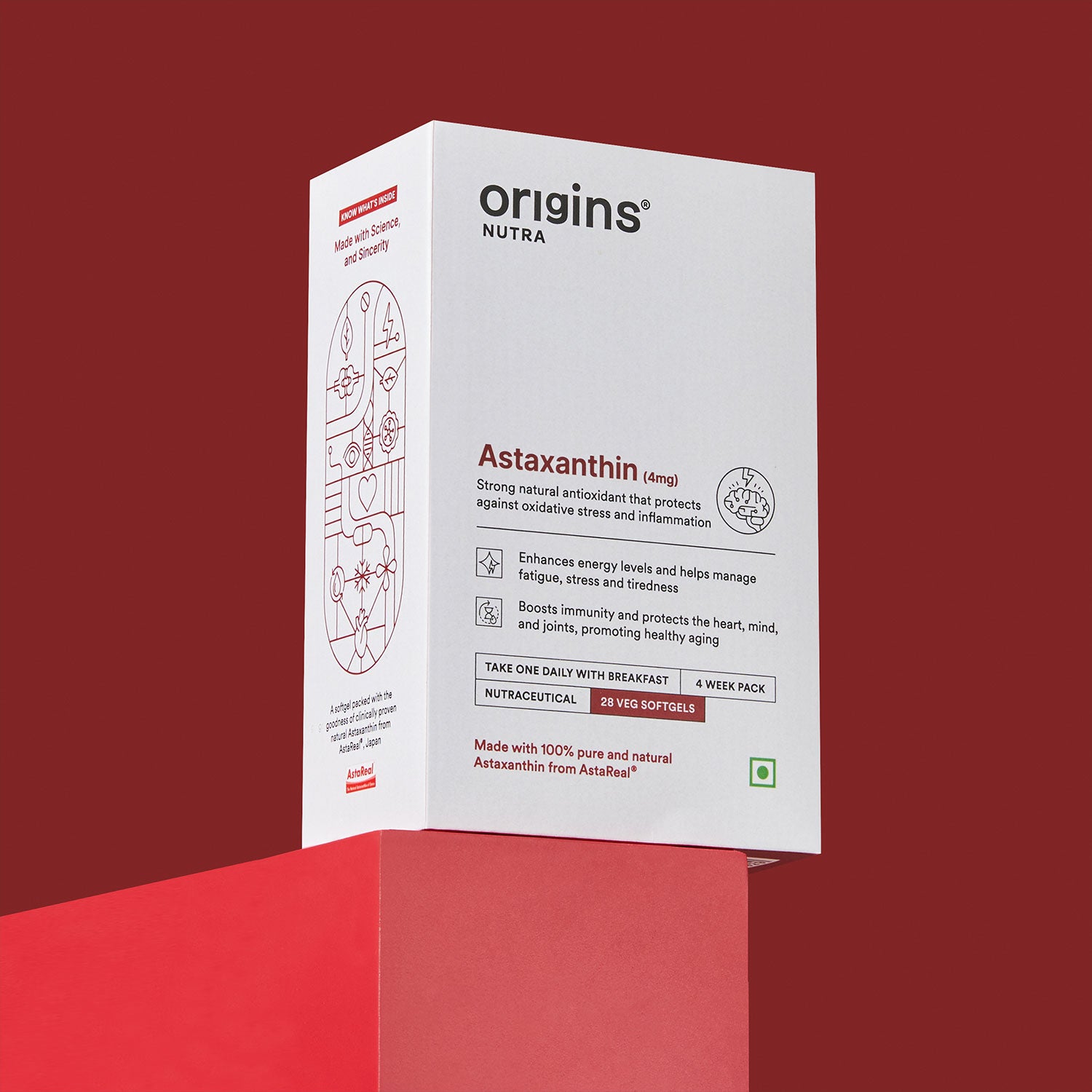
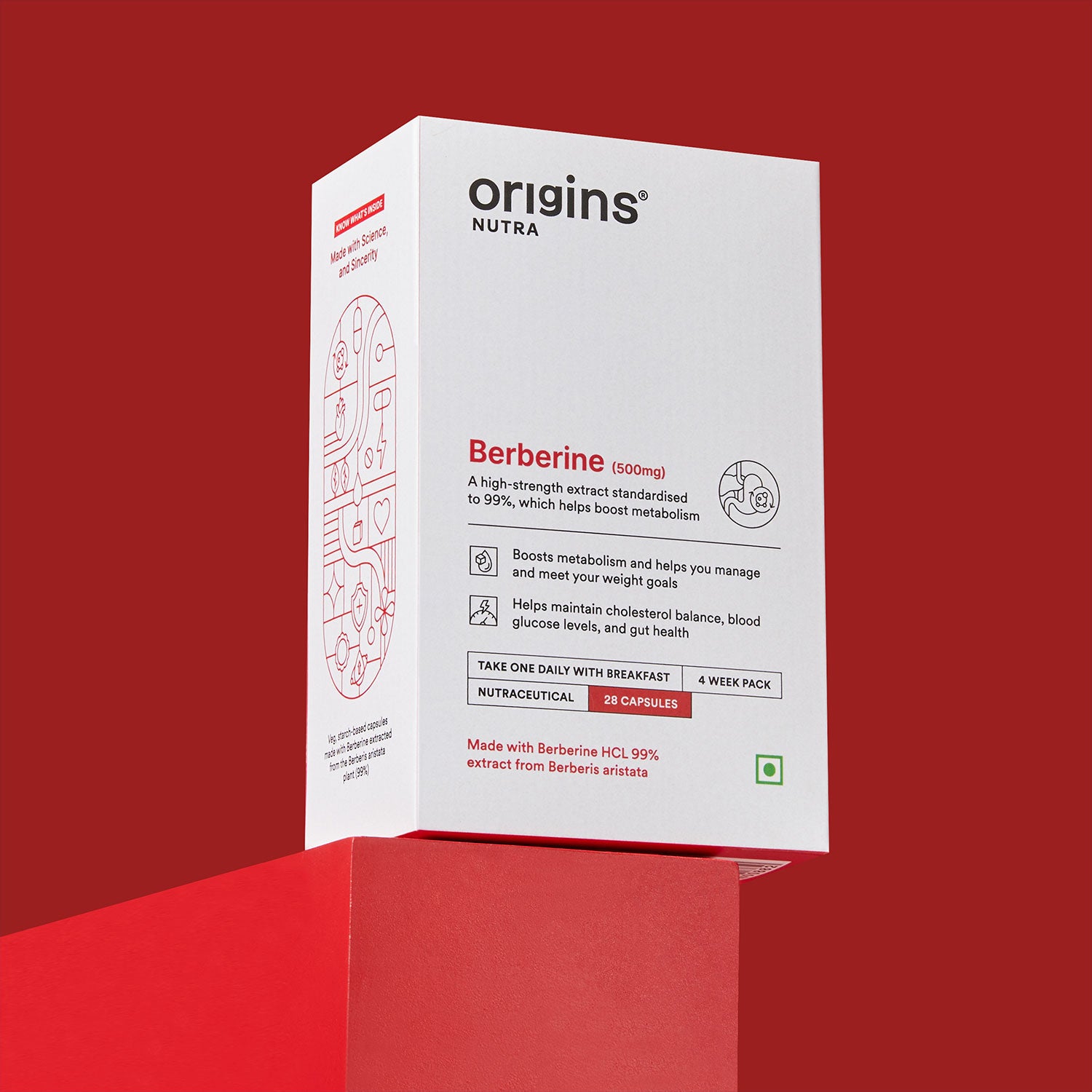
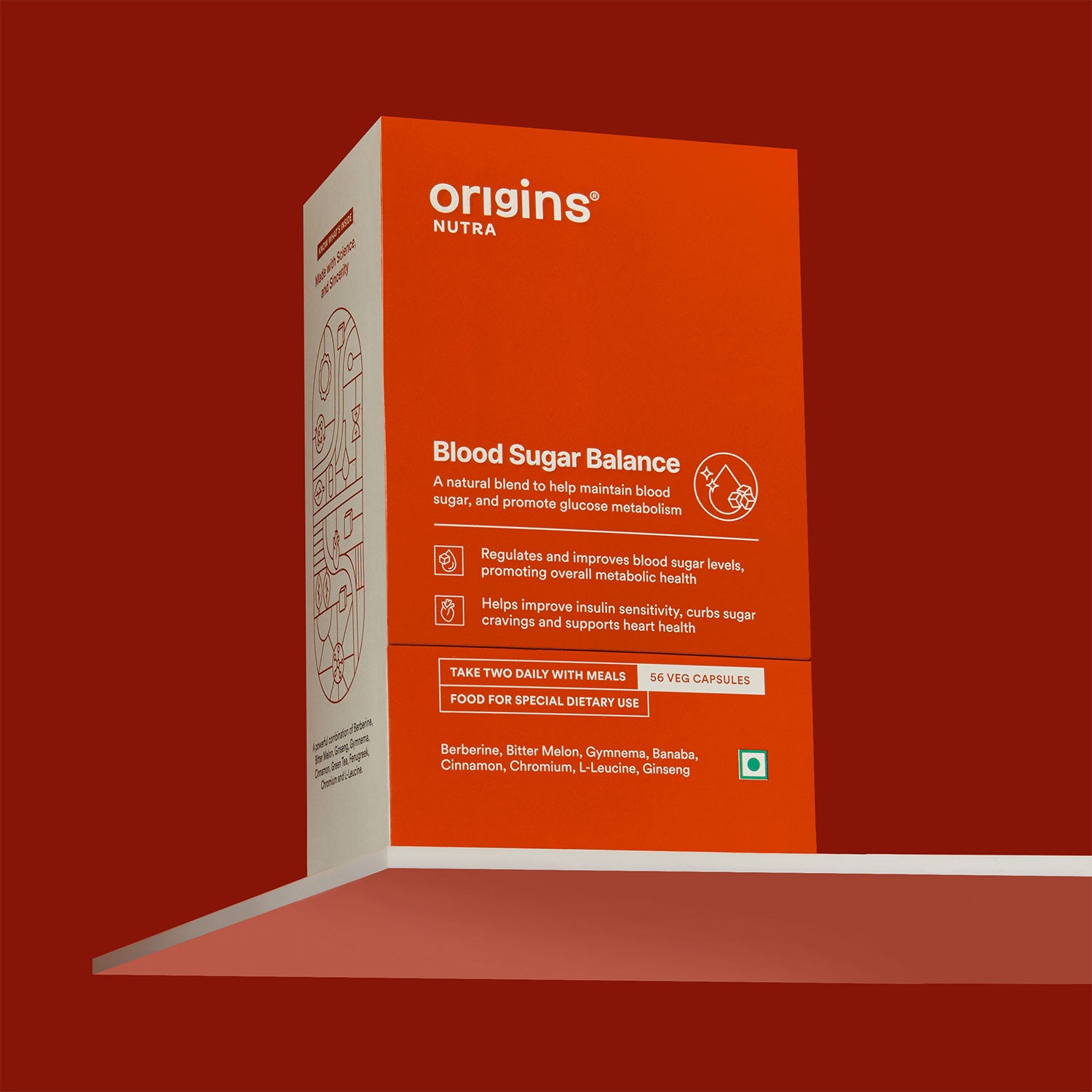
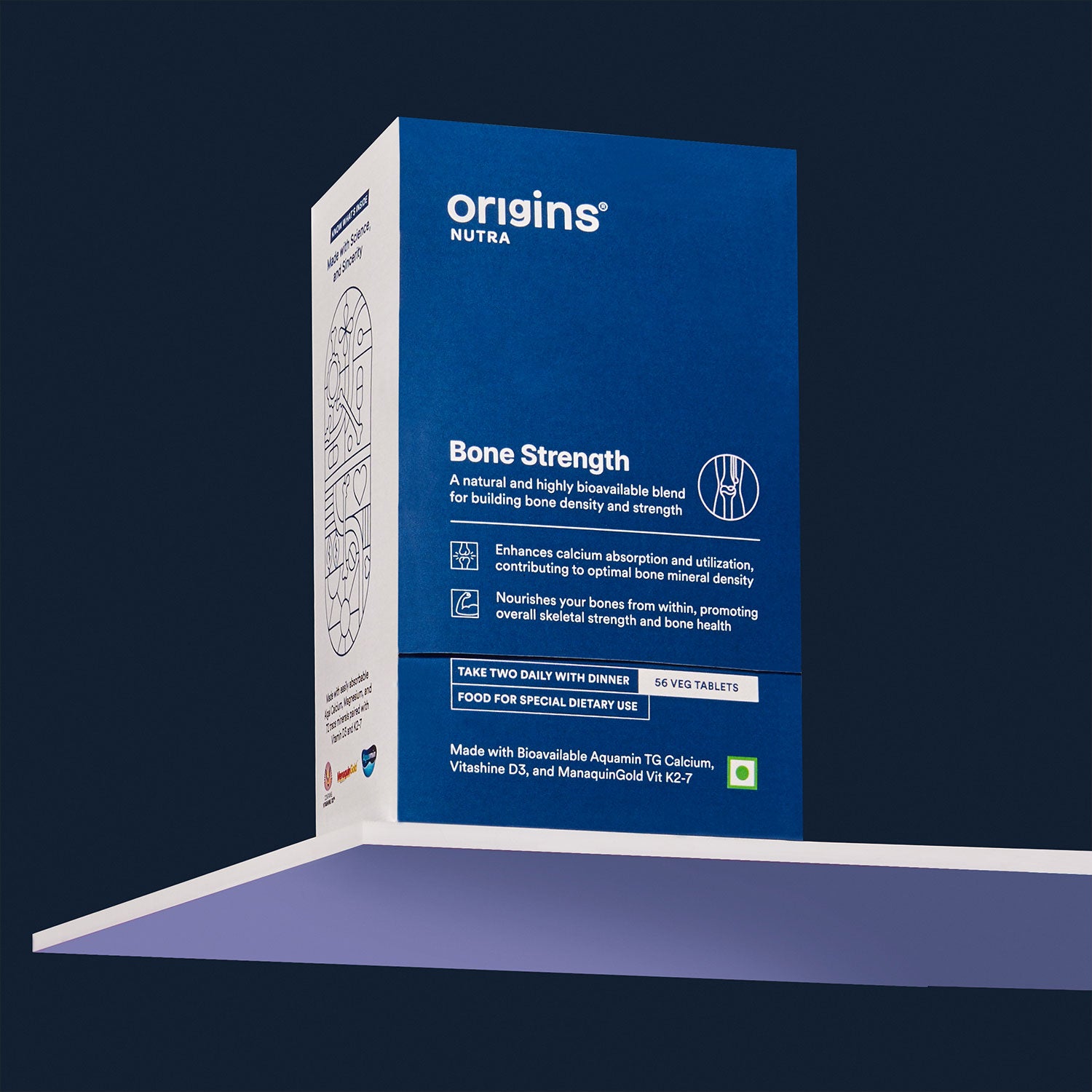
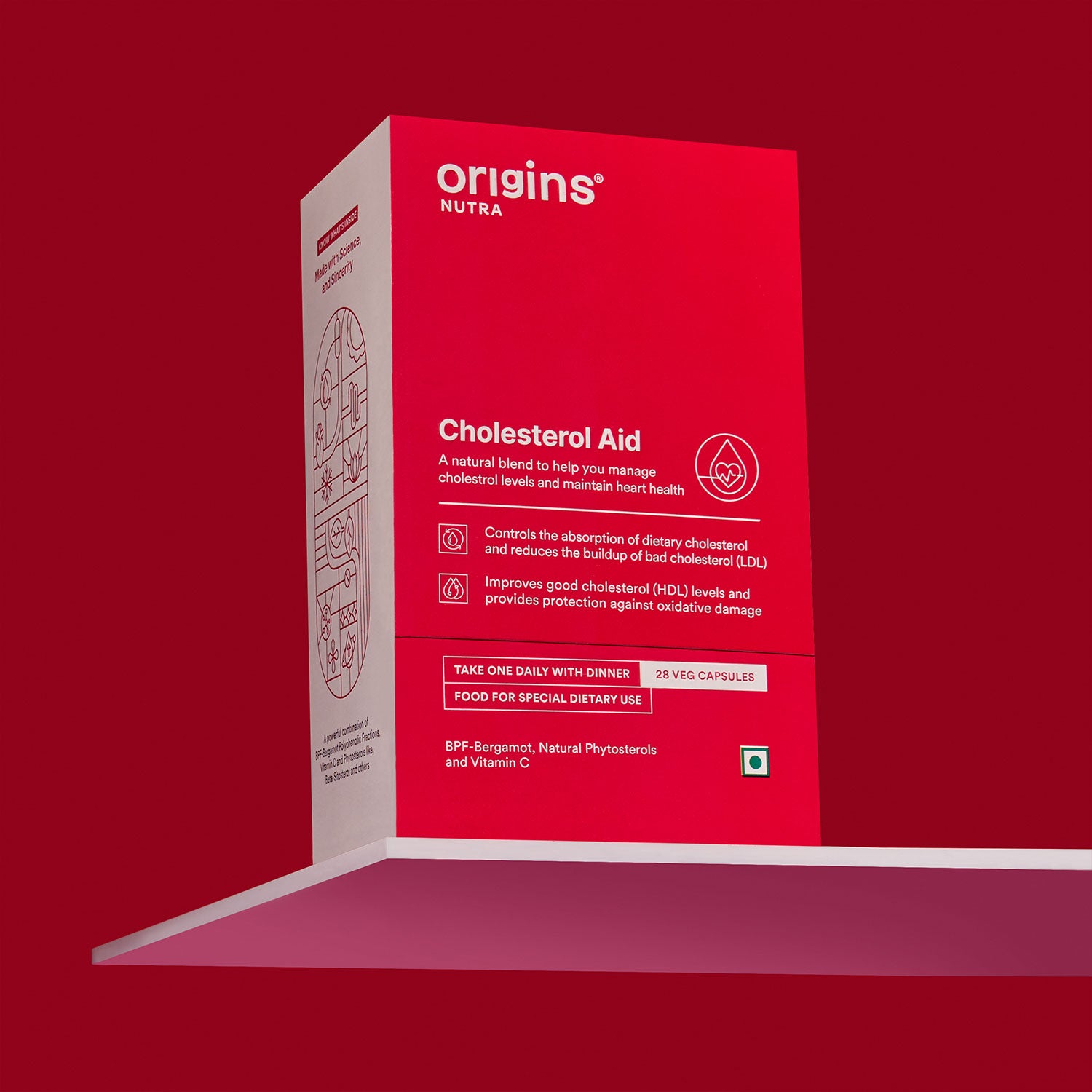

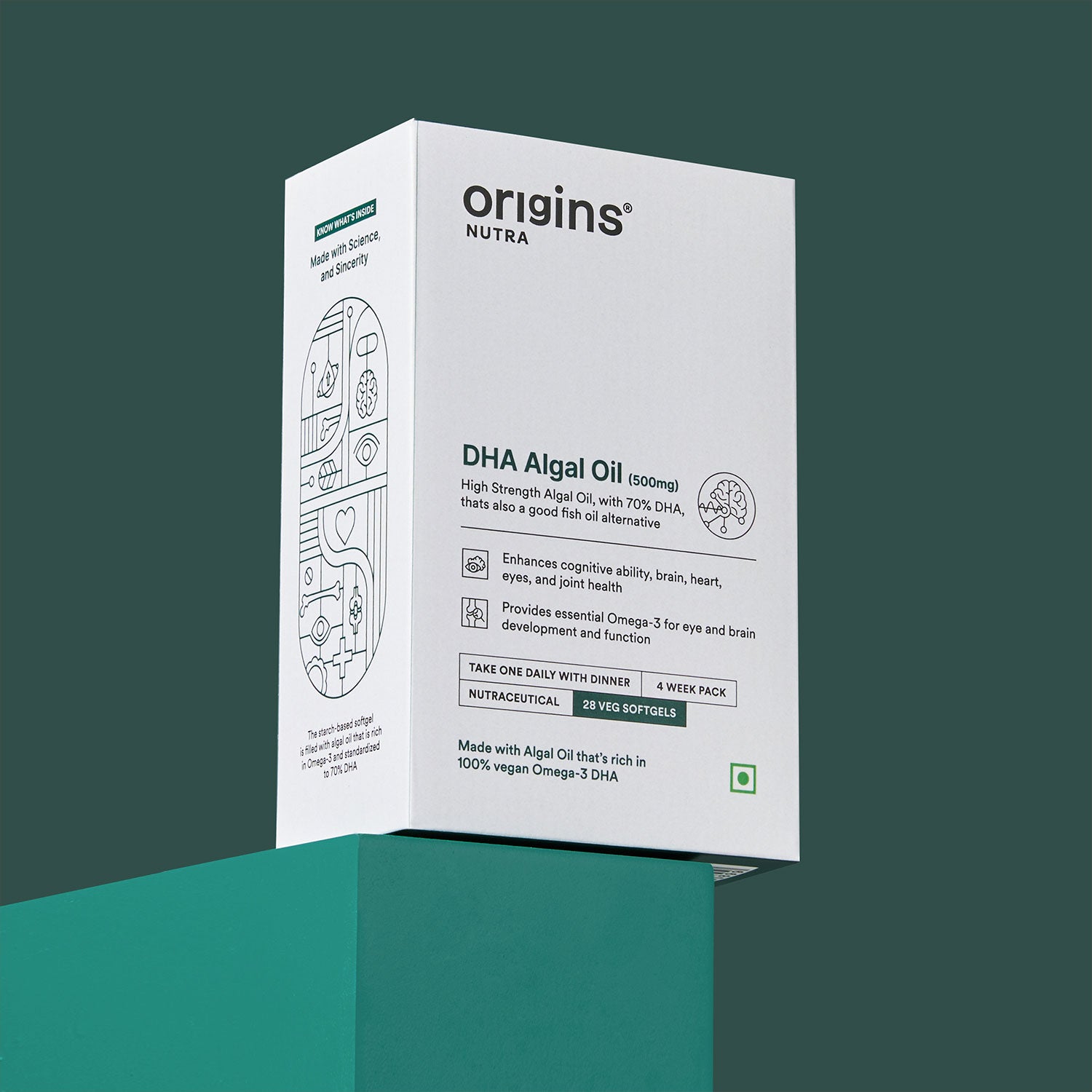
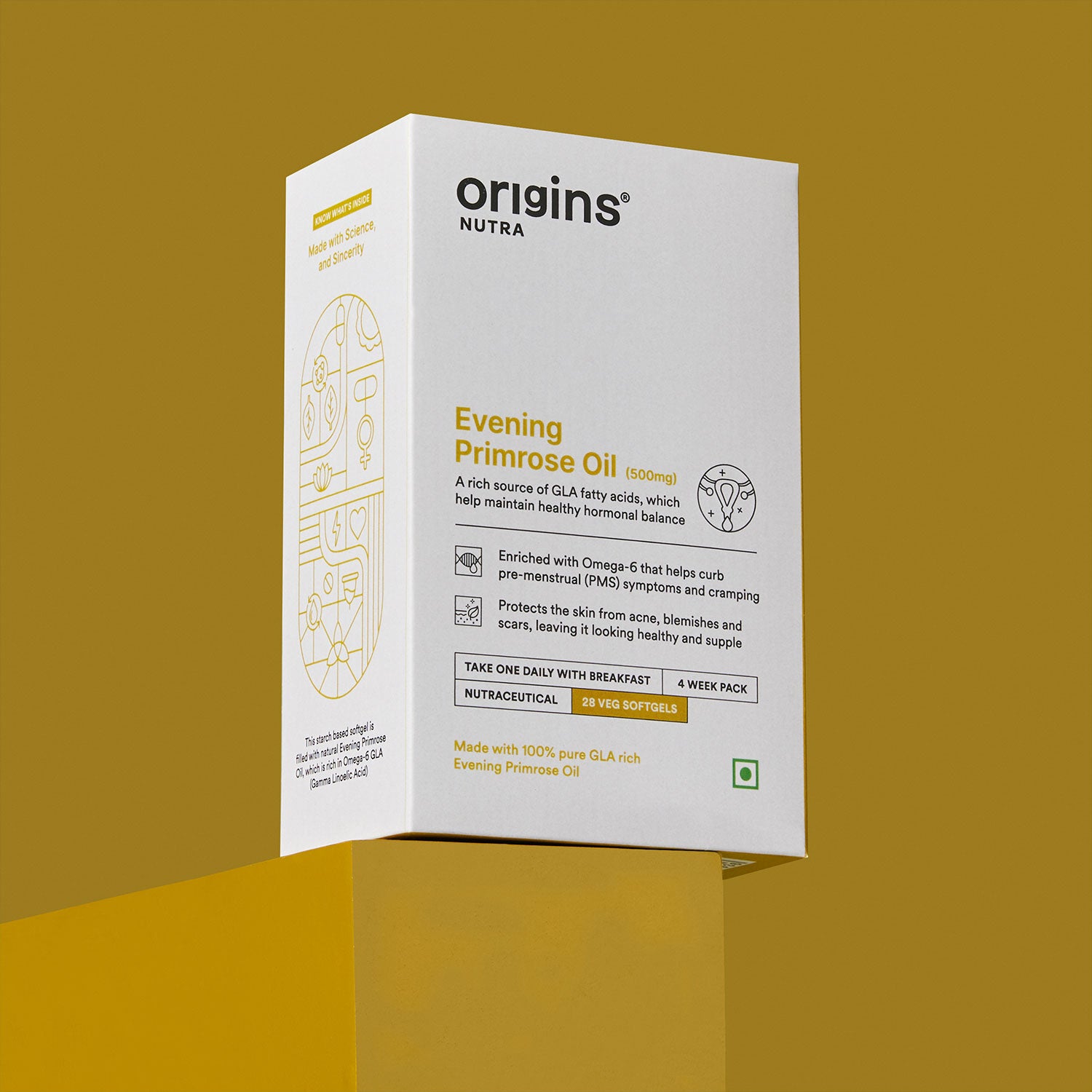


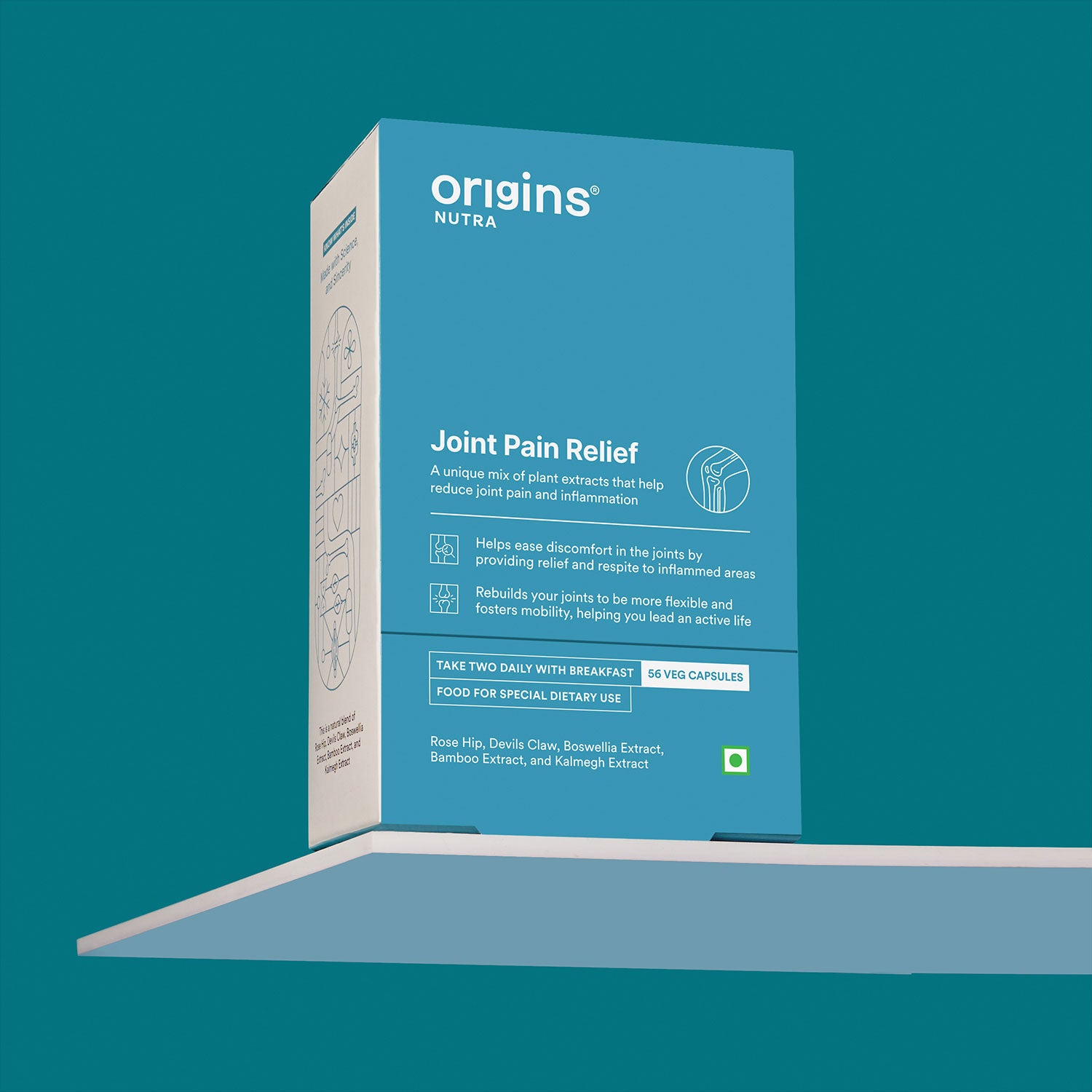
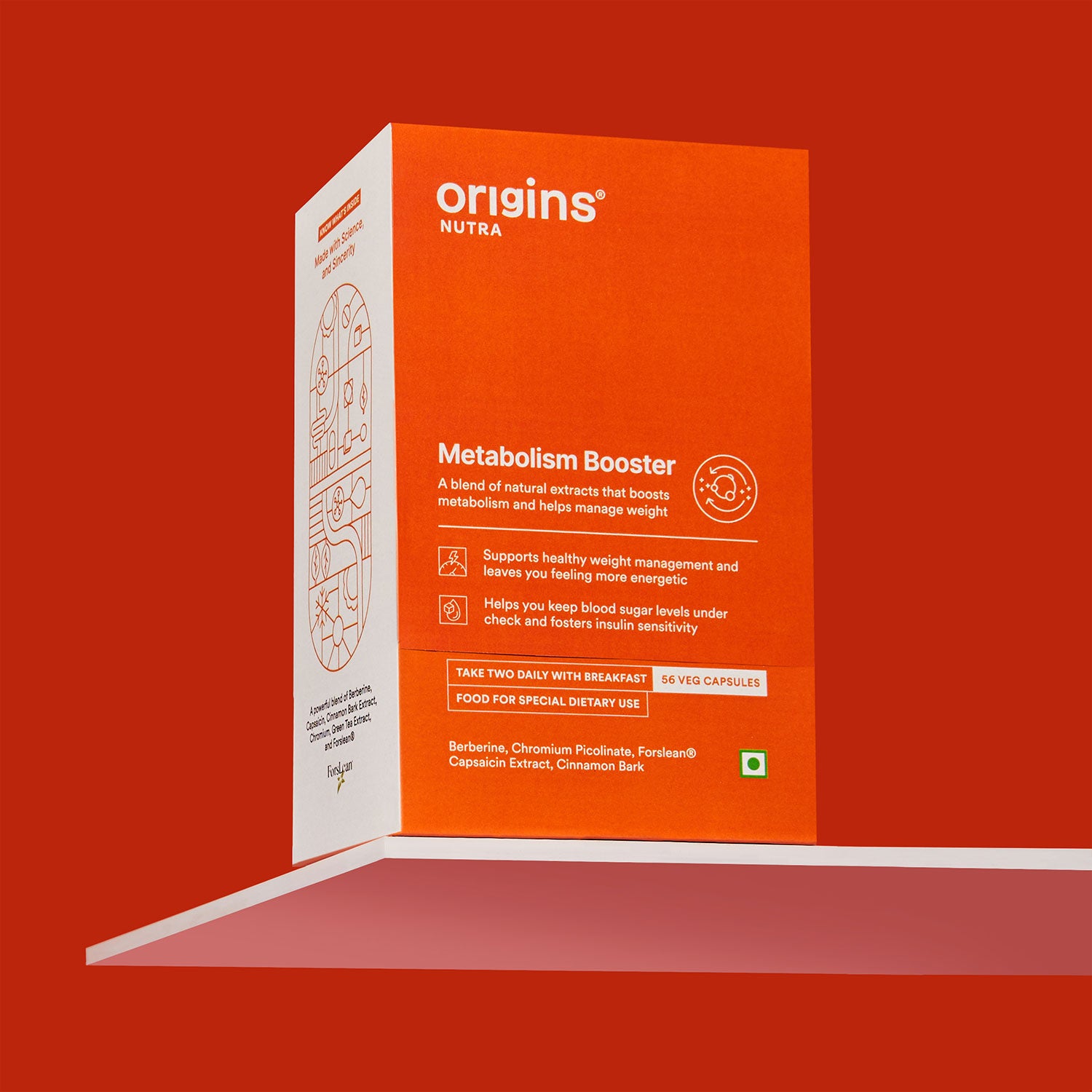
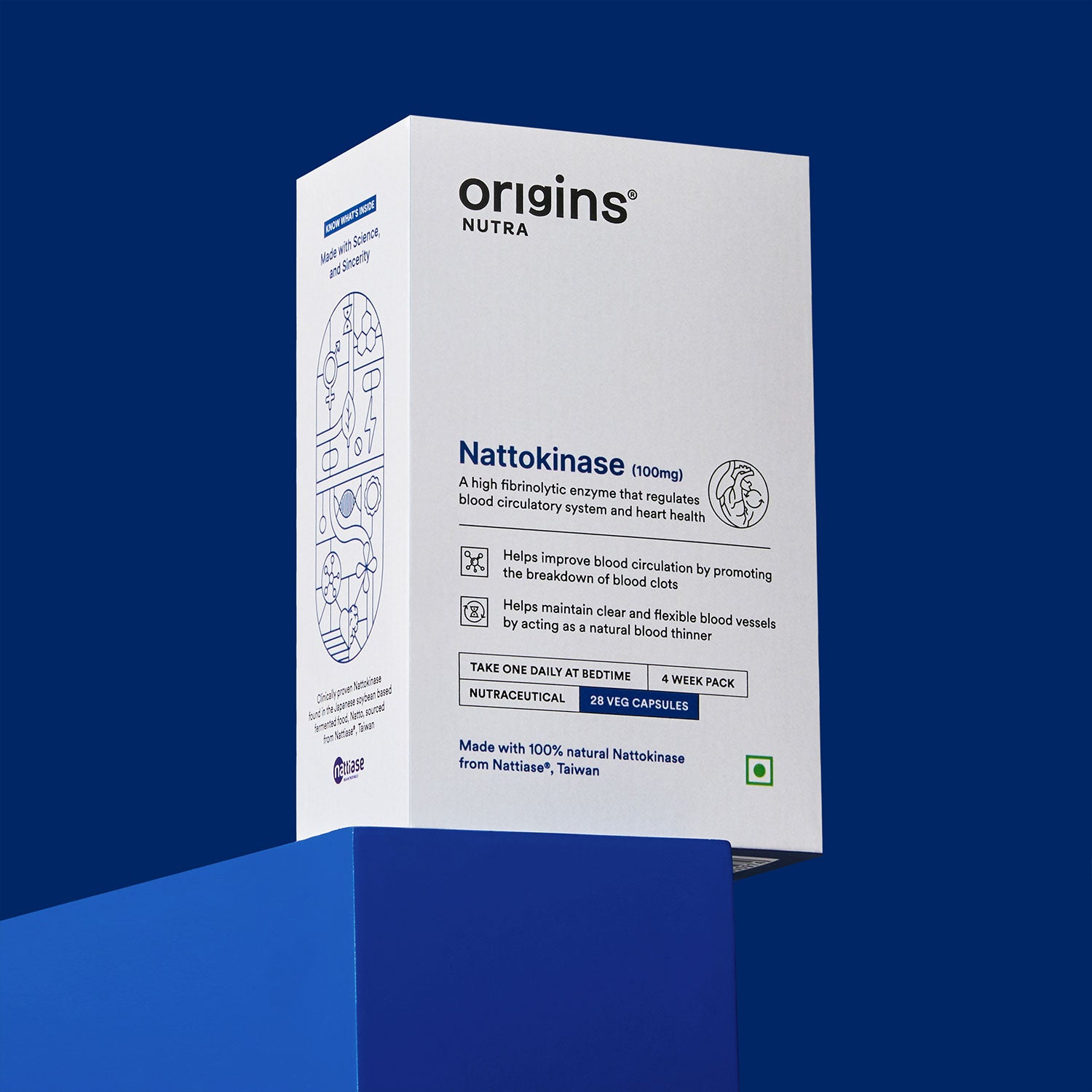
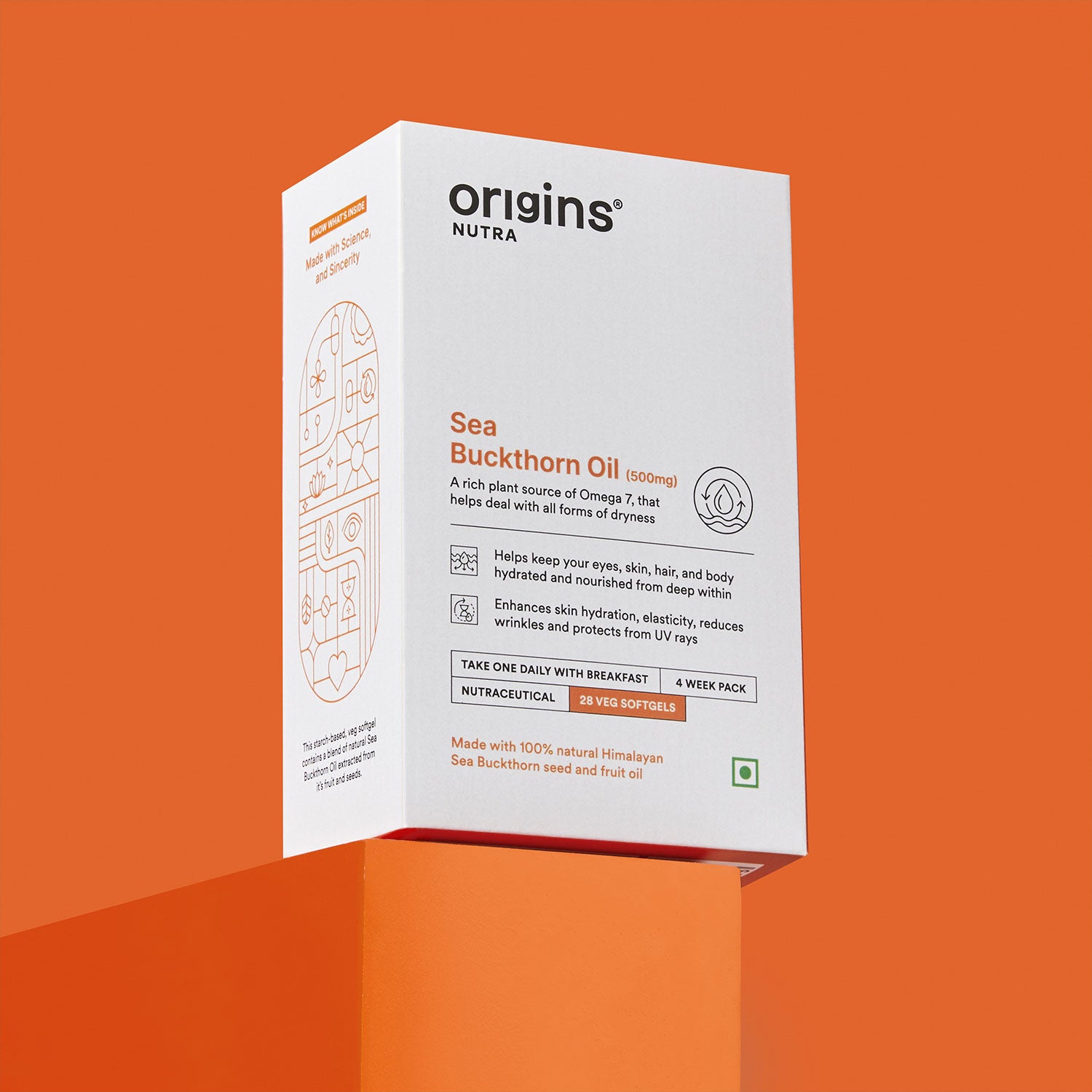
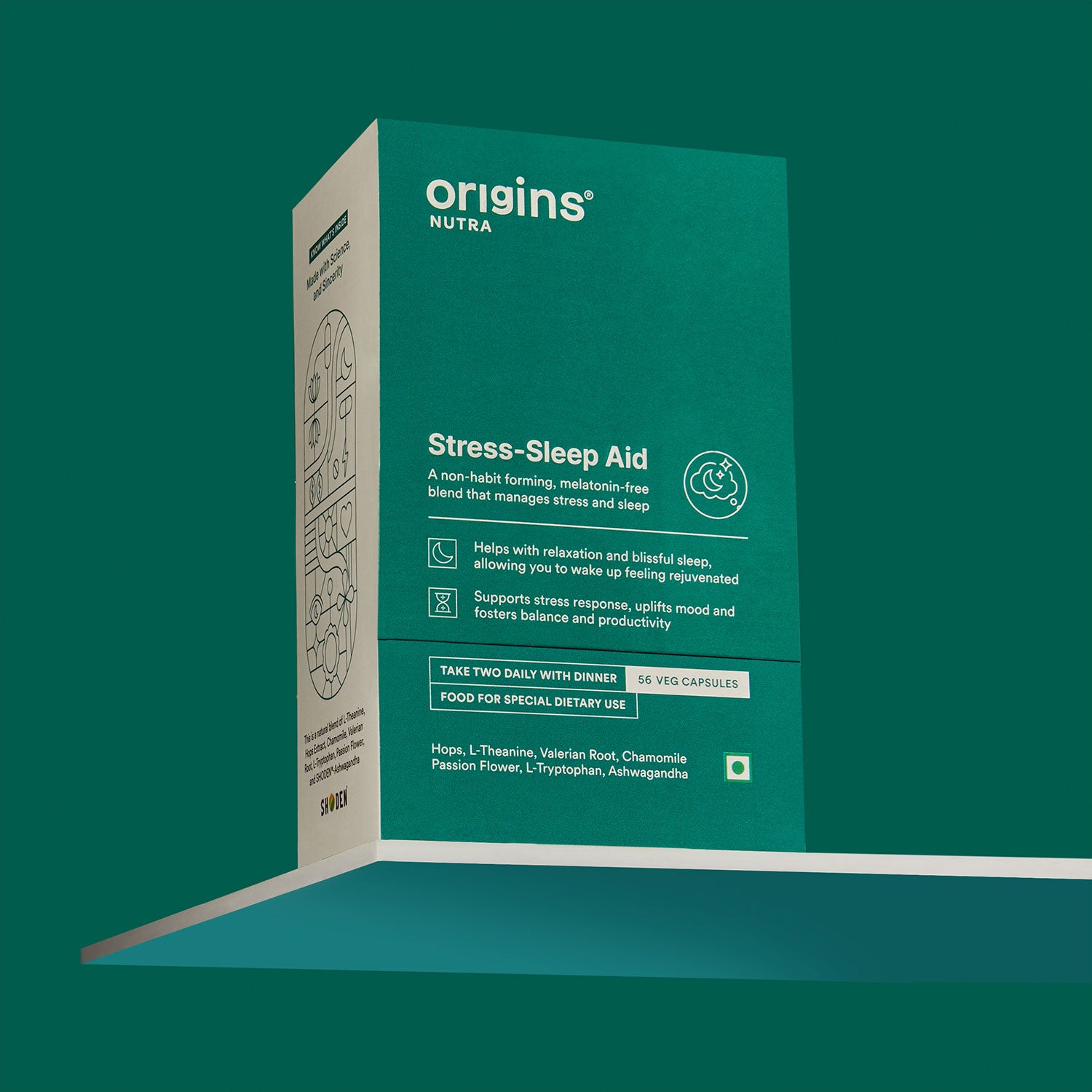
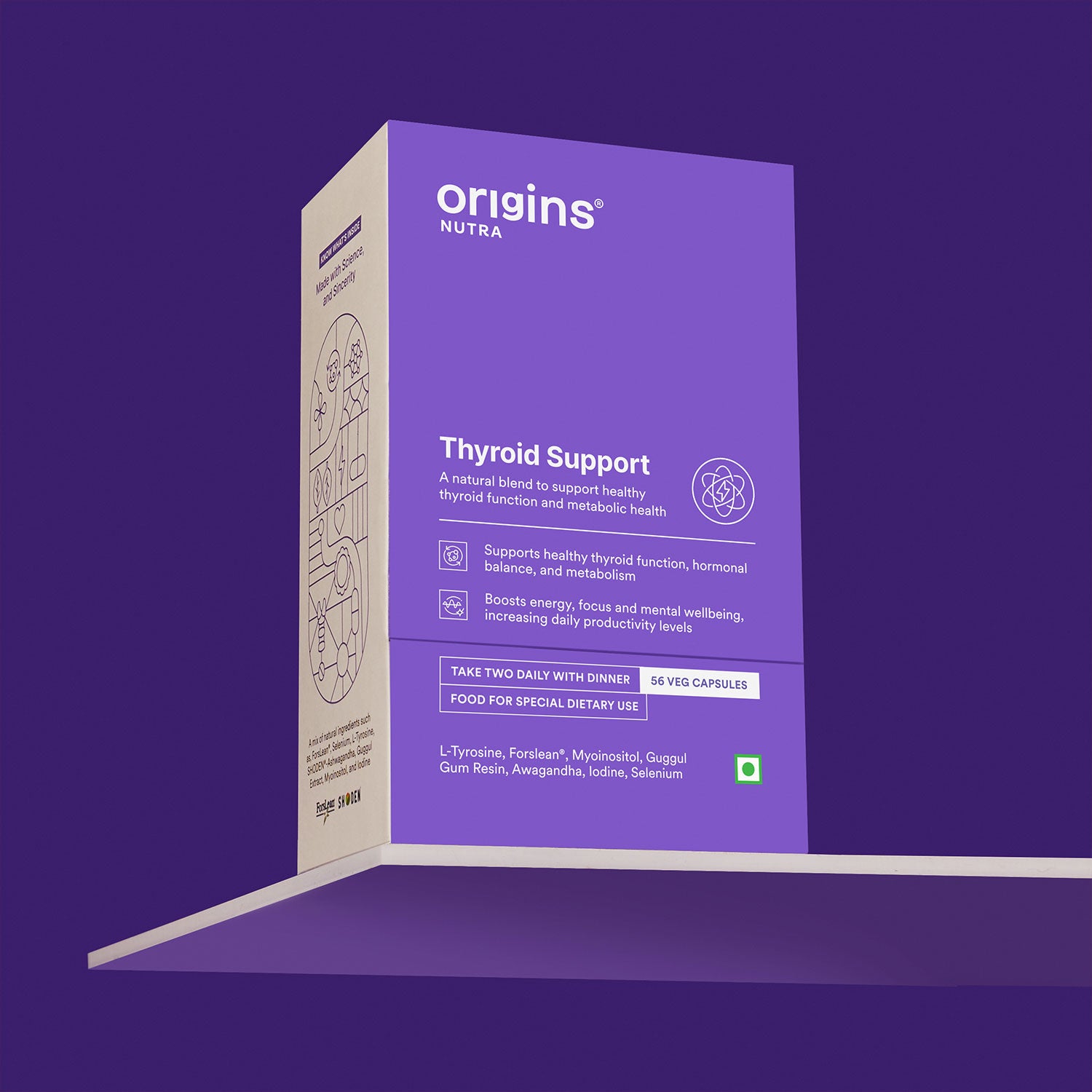
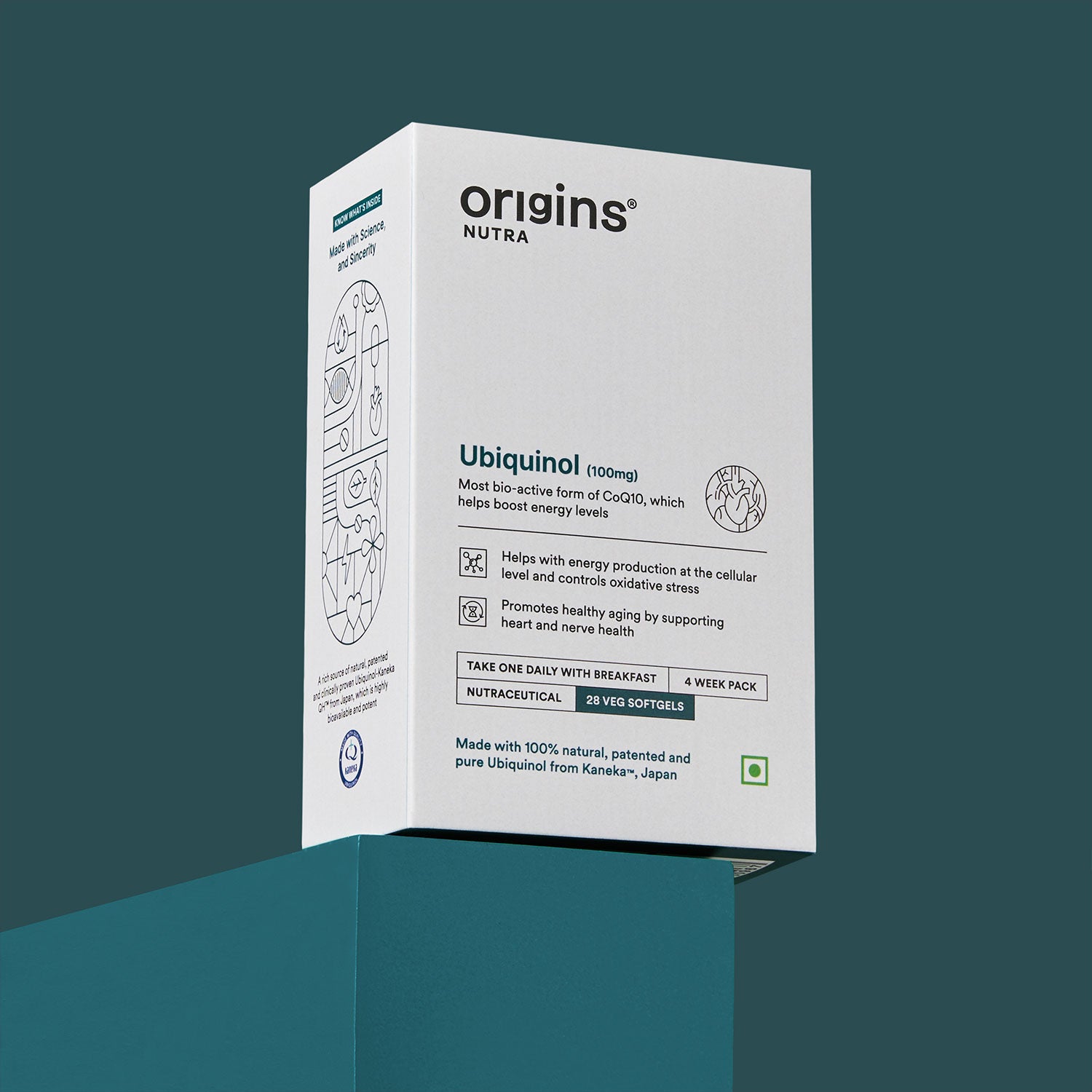








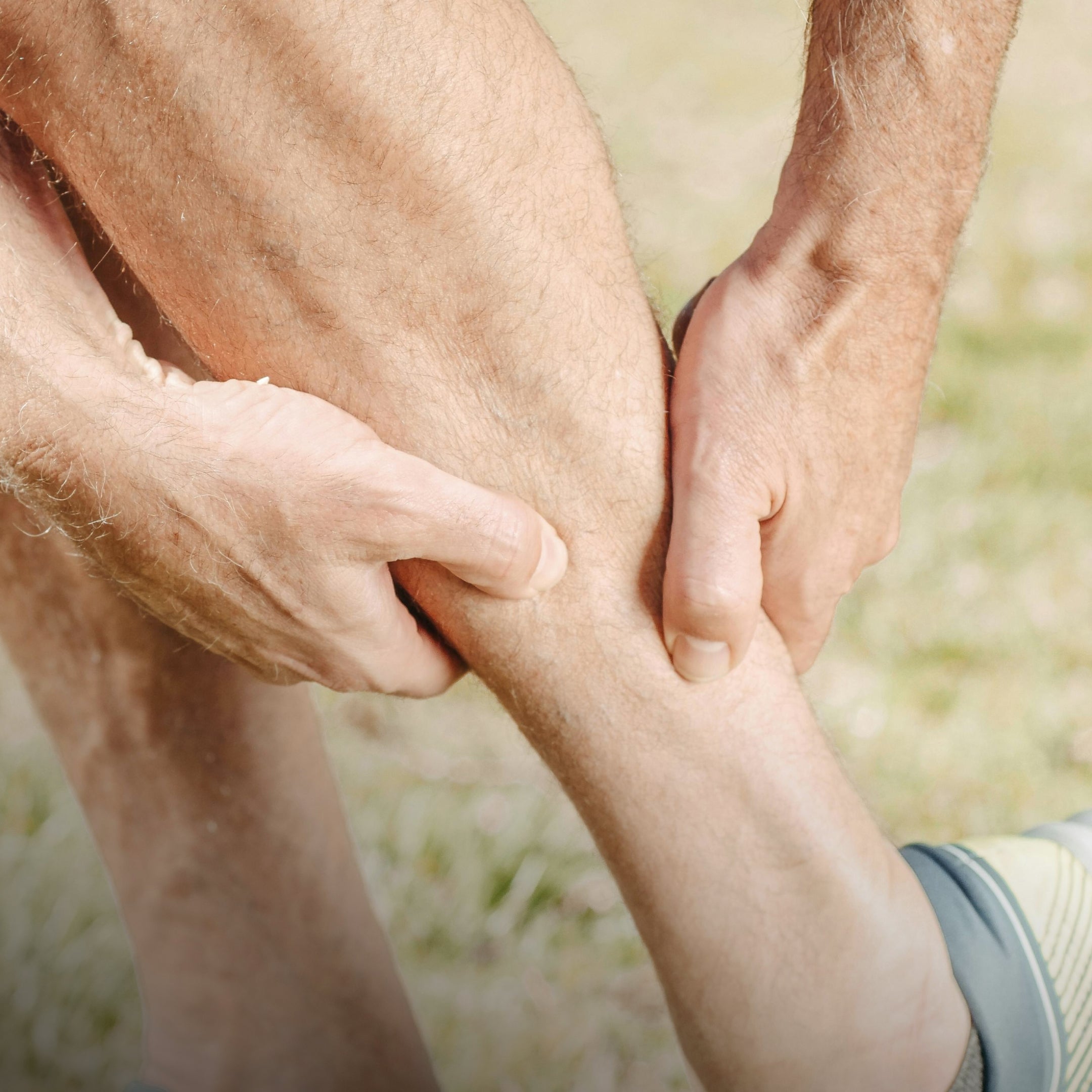


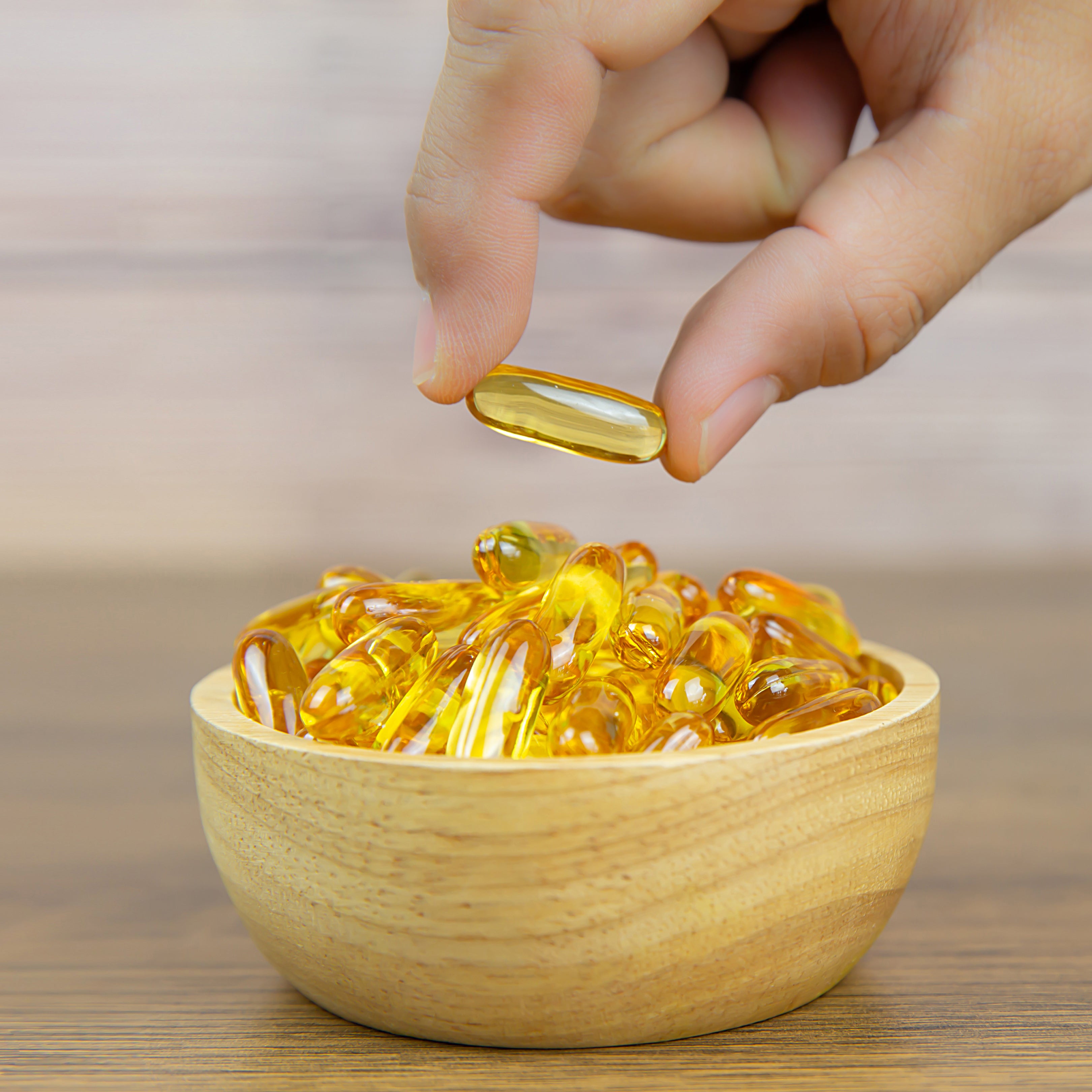


Leave a comment